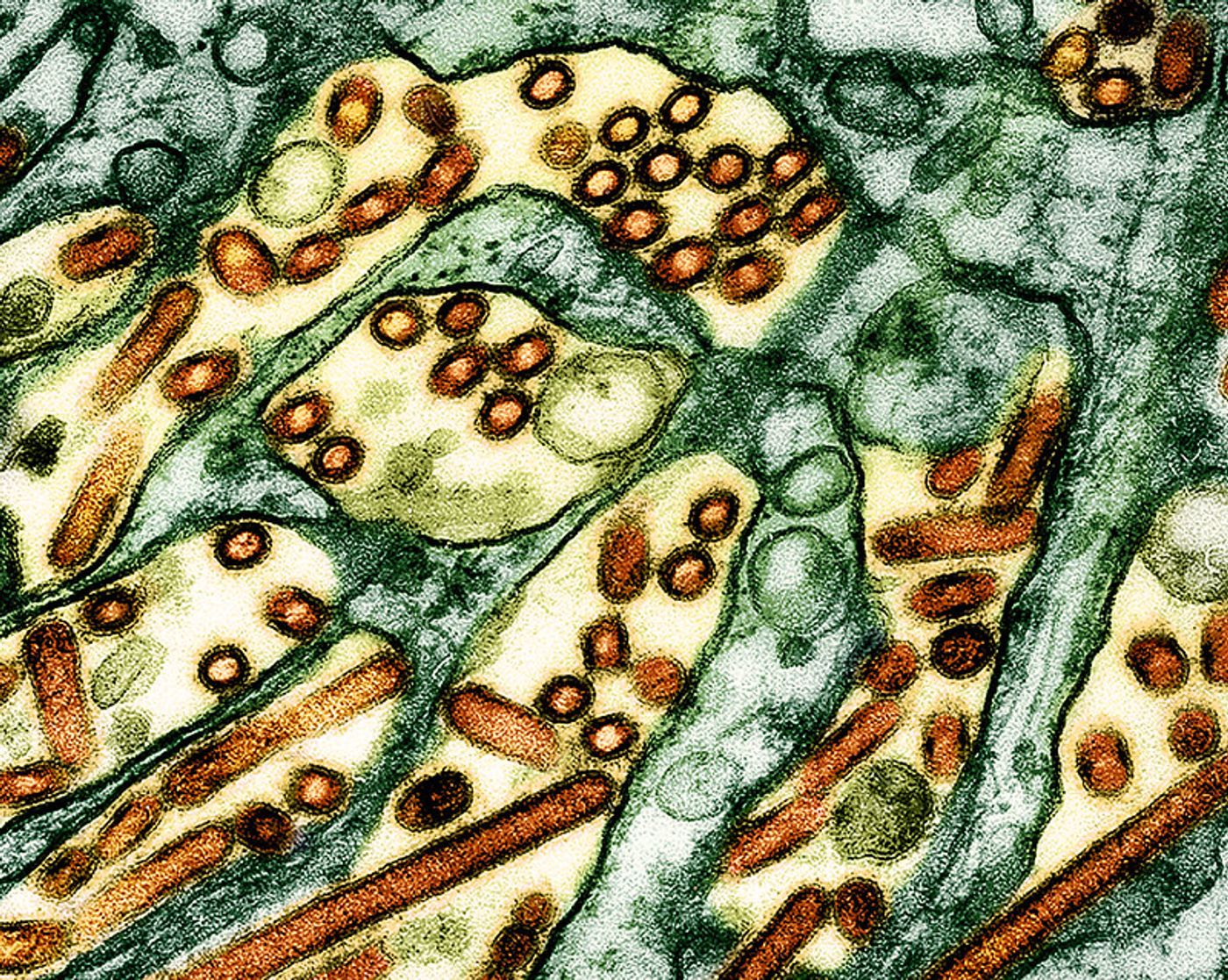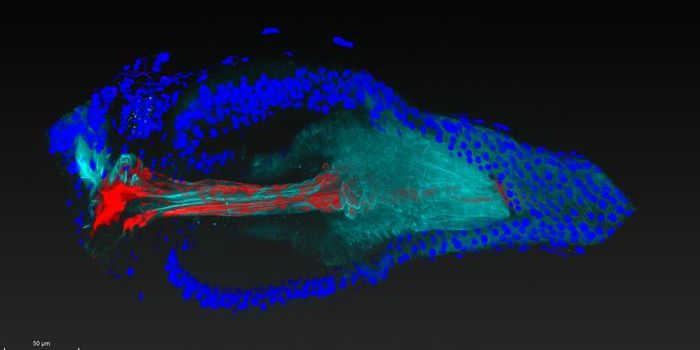Influenza Viruses May Have an Alternate Route Into Cells
H5N1 avian influenza is highly pathogenic and has been devastating bird populations worldwide. It continues to do so, and is also moving into new animals, like skunks, bears, raccoons, cats, and dairy cows. Since impacting agriculture, the virus has also infected a number of exposed agricultural workers. Poultry and dairy workers in the US have recently reported infections. There have also been H5N1 cases in several other countries including Vietnam and Australia. Other strains of avian influenza have also recently sickened people, like H5N2 in Mexico and H9N2 in Vietnam and China. The severity of these cases has ranged widely.
In recent months, some experts have not been particularly concerned about the threat this virus might pose to humans, because the avian flu uses a pathway into cells that can't be used in humans. It's been thought that the infection mechanism would have to do change dramatically and significantly before it could begin to affect many people. But those changes are not impossible. And as more and more animals have become infected, more experts are beginning to sound the alarm - they are concerned that if we don't stop the virus now in animals, it will affect us in unpredictable ways in the future.
Now a new report has shown that while influenza viruses use well known and characterized pathways to infect cells, some viruses can find another way in. Reporting in Nature Microbiology, researchers have idenitified a novel infection mechanism in which the flu virus uses a human immune protein complex to get inside of cells. This approach can help the virus infect new species, and potentially, humans.
Flu viruses usually use envelope proteins that surround the virus to enter cells; these proteins erupt from the flu's structure like spikes. A viral protein called hemagglutinin binds to a molecule called sialic acid on the surface of animal and human cells to infect them.
But hemagglutinin can also bind to protein complexes on some human immune and respiratory cells called MHC class II complexes. These usually help the body tell the difference between foreign cells and cell of the self. But the virus can use this as an alternate pathway into cells.
"We found that MHC class II complexes in humans, pigs, ducks, swans and chickens allow viruses to enter cells, but not those in bats," said senior study author Professor Silke Stertz of the Institute of Medical Virology at the University of Zurich (UZH).
Related: Evidence Emerges that Avian Flu is Transmitting From One Mammal to Another
In cells grown in culture, the virus was able to infect cells in both the usual way, and through MHC class II complexes. The structural compatibility between the virus and cell surface structures can have a critical influence on which species are ultimately infected, including humans, and how severe the infections become.
"Our finding shows that influenza viruses can adapt to use different entry pathways. This might influence their ability to infect different species and potentially jump between animals and humans," noted Stertz. The threat of a human flu pandemic may be greater than appreciated.
Sources: University of Zurich, Nature Microbiology









